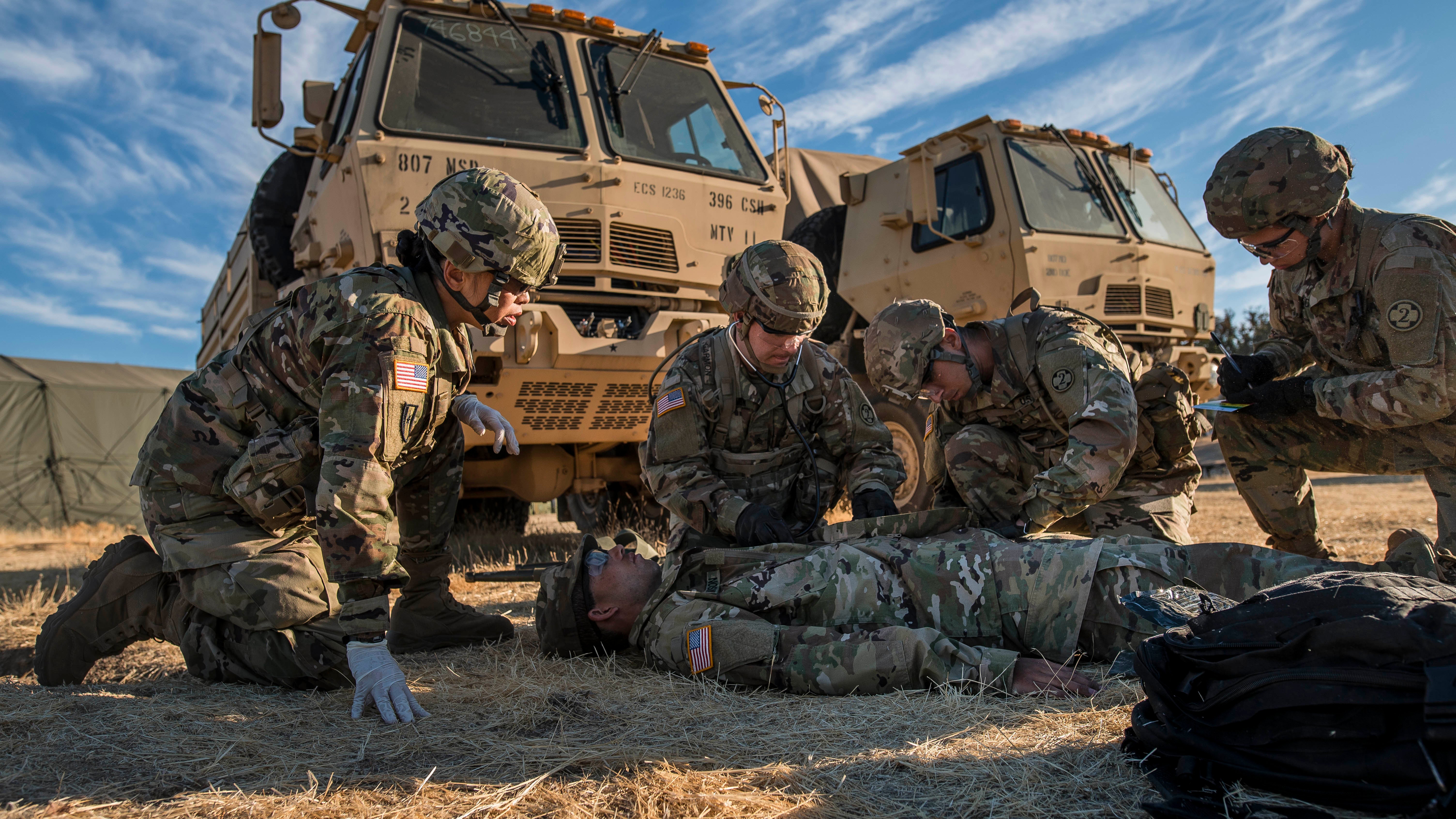Health Care Faces Cost, Wartime Manning Challenges
Health Care Faces Cost, Wartime Manning Challenges

One of the biggest challenges facing military medicine is finding enough doctors and other health care professionals to serve during a major conflict, the nominee to head the Military Healthcare System says.
Thomas McCaffery, a California health services professional who has been acting assistant defense secretary for health affairs, has 25 years of experience, most recently as an executive with Blue Shield of California, a health plan with 4 million members. The military health system is even bigger, with 9.4 million beneficiaries and a $50 billion annual budget.
If confirmed, he’ll take over military health care at a time of major change, with the Military Healthcare System assuming control of hospitals and clinics in a reorganization aimed at consolidation and modernization. “This transformation requires close attention to performance management so that our support of medical readiness requirements [is] not compromised and our patients continue to receive a care experience that is accessible, safe and of the highest quality,” he told the Senate Armed Services Committee.
Wartime medical manning is “one of the biggest challenges,” McCaffery said. The Pentagon “needs access to a large pool of skilled medical professionals in order to generate the medical capabilities required by operational plans. We need to reassess both our infrastructure and health care personnel requirements, and potentially rebalance our active-duty and reserve component mix,” he said.
“A novel approach to accessing highly skilled medical professionals is needed,” he said. “We must find a way to make military service more attractive to qualified medical professionals.”
McCaffery said the “greatest threat to long-term viability” of the military heath care system is “managing the growth in costs” because “every dollar used to fund health care costs is a dollar that is not available to support enhanced readiness or increased force lethality.”

